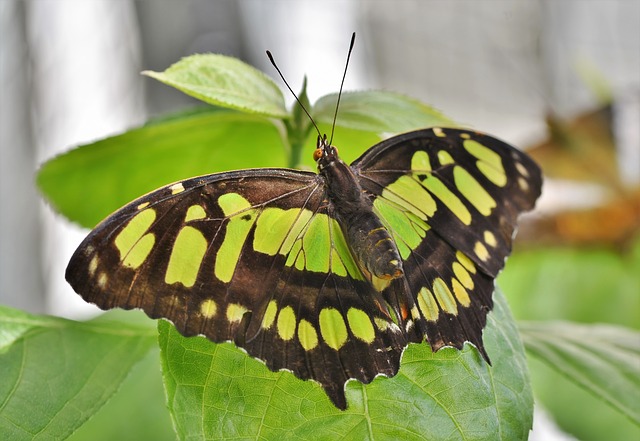Few people realize it, but coexistence of plants is similar to coexistence of people. Neighborly relations are good and there is satisfaction on both sides. Otherwise, the weaker plant will die. Thus, we need to be aware of which species goes with which and arrange our flower beds so that there is no mismatch. A basic observation is the root length of the planted plants. This is the number listed on the seed bag. This is the only valid way to alternate shallow-rooted and deep-rooted plants in a bed. The expected height also plays an important role in plant growth. Properly alternating shorter and taller plants will ensure that both plants grow well. Simply put, plants are planted in the ground because one benefits the other. And it is also to protect it. If we can create a symbiosis of fruits, vegetables, and herbs in our flower beds, they will reward us with a bountiful harvest.

A good tool for all gardeners is a bulletin board with basic information printed on it about what to plant next to each other. And which plants should not be planted next to each other. For example, cabbage and strawberries, green beans and fennel, beets and spinach, cucumbers and tomatoes, cabbage, cauliflower, and broccoli. On the other hand, potatoes and green beans, celery and carrots, cauliflower, and cucumbers can be enjoyed throughout the growing season. Onions, corn, and peas can be planted along with courgettes and squash. If you want to grow radishes, which grow like lettuce, kohlrabi, spinach and watercress, do not plant them next to kale, squash or cucumbers. Green peas are a favorite green delicacy for children, who appreciate having kohlrabi, carrots, and cucumbers nearby.

Tomatoes, strawberries, beets, lettuce, and onions go well with garlic. For peppers, carrots, kohlrabi, and tomatoes. On the other hand, peas and fennel should never be planted with tomatoes. Potatoes should also not be planted with tomatoes. Printed bulletin boards are certainly a good help, but planting your own plants is the best way to gain experience. The fall harvest will show whether you have established a good neighborly relationship with your plants.